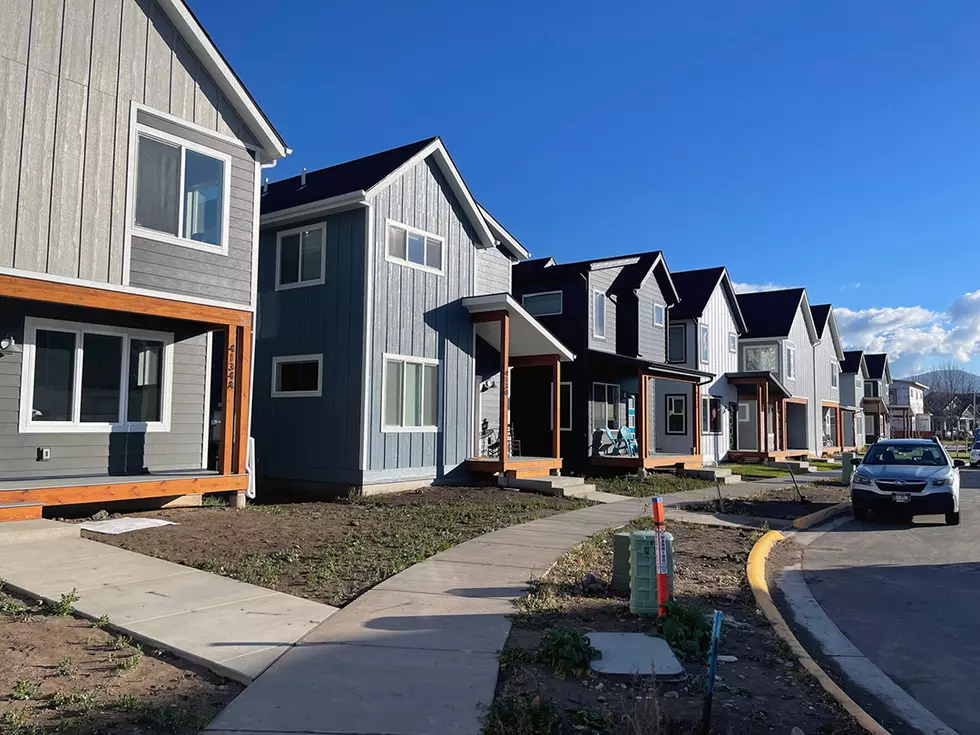
Missoula County joins others in seeking opinion on state mills
Unless the state adjusts its 95 mills downward, its portion of local property taxes could jump by nearly 35%.
Martin Kidston
(Missoula Current) Missoula County on Tuesday placed its official support behind an effort lead by Beaverhead County that's challenging the state's “consistent” levying of certain mills despite a provision in Montana law that requires a reduction in mills when taxable values increase.
This year, taxable values calculated by the Montana Department of Revenue resulted in a sharp jump with an average increase of 40% or more in the assessed value of homes.
While it has led to outrage from statewide property owners, it also has drawn the concern of local governments, which believe the state's so-called 95 mills should be subject to the same rules that govern local mills.
“Amid historic increases to property values across Montana, it's time to clarify and correct the state's course of action regarding these 95 mills,” a letter signed by Missoula County commissioners states. “Unless the state is directed to follow the law and adjust their levying authority downward, Montana property owners will continue to be illegally overtaxed.”
The letter is addressed to Attorney General Austin Knudsen, who has been asked by Beaverhead County to issue an opinion regarding the calculation of the statewide school equalization mills.
Several counties believe the 95 mills should be subject to the same cap as the mills levied by local governments. Unlike local mills, the state's 95 mills haven't been adjusted downward.
“Across the state, it will generate more than $70 million in additional revenue,” Missoula County CAO Chris Lounsbury said the state's 95 mills.
Missoula County believes the equalization should come from the state's income tax collection, which has experienced record surpluses. This year, the state reported a surplus of roughly $2 billion.
“The use of property taxes is not a fair or appropriate method, especially when paid out of the pockets of Montana homeowners and renters during an already difficult reappraisal year,” the county said. “While all forms of taxation have their flaws, income tax at least has some correlation to the ability to pay those taxes, while property taxes impact those on fixed incomes more than others.”
The Montana Association of Counties is also backing the request for an opinion from Knudsen. The request seeks clarification on the calculation of the statewide mills, which MACo director Eric Bryson said will have a “significant” impact on property taxes.
In MACo's letter to Gov. Greg Gianforte, it said it's time to interpret the law regarding the equalization mills and how they're regarded next to local mills.
“When appraised values increase significantly and the taxable values of the jurisdiction rise, the number of mills counties are authorized to levy decreases,” said Bryson. “Therefore, appreciating values actually decrease counties' levy authority.”
The City of Missoula has already passed a 9.7% tax increase, which doesn't include the state's own 95 mills. Missoula County also is proposing a 5.4% tax increase. If the statewide mills aren't lowered under the same laws governing local mills, property taxes could jump even more.
Beaverhead County is also expressing concern.
“Because of the high reappraisal values of residential homes in Beaverhead County and across the state, it has become glaringly apparent that the state school's 95 mills have been incorrectly levied more many years,” the county wrote in a letter to Knudsen. “I'm sure no one in the state Legislature intended to have the state portion of the local property tax increase by 34.7%.”

